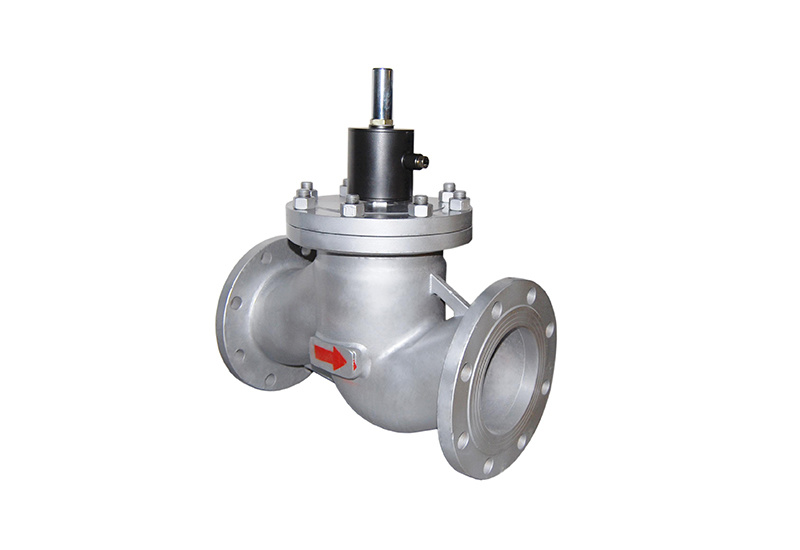Industrial Features of Stainless Steel Butterfly Valves
Release date:
2019-06-25
Stainless steel products are already widely used in everyday life, thanks to the unique properties of stainless steel that have enabled this material to be rapidly and extensively integrated into various applications. In fact, however, stainless steel has a longer history of industrial use. Today, Tianjin Butterfly Valve Manufacturer is here to share the key features of stainless steel butterfly valves in industrial production. 1. Organic substances like fruit juices, vegetable residues, noodle soup, or even bodily fluids such as mucus can adhere to the surface of stainless steel butterfly valves. In the presence of water and oxygen, these organic materials form organic acids, which, over time, may corrode the metal surface. 2. Dust particles containing other metallic elements or foreign metal fragments often accumulate on the valve’s surface. When exposed to humid air, condensation forms between these contaminants and the stainless steel, creating a micro-battery effect that triggers an electrochemical reaction. This process damages the protective oxide layer, leading to what’s known as electrochemical corrosion. 3. Acidic, alkaline, or saline substances—such as alkali solutions from wall renovations or lime-water splashes—can also stick to the valve surface, causing localized corrosion. 4. In polluted atmospheric conditions—especially those rich in sulfides, carbon oxides, or nitrogen oxides—condensation can lead to the formation of acidic or corrosive compounds like sulfuric acid, nitric acid, or acetic acid droplets. These chemicals can initiate chemical corrosion, further compromising the protective film on the stainless steel surface and ultimately leading to rust formation. Any of these scenarios can weaken the protective oxide layer on stainless steel, ultimately resulting in corrosion.
Stainless steel products are already widely used in everyday life, thanks to the material's unique properties, which have enabled its rapid and widespread adoption. In fact, though, stainless steel has a longer history of industrial application. Today, Tianjin Butterfly Valve Manufacturer is here to share the key features that make stainless steel butterfly valves indispensable in industrial production.
1. When organic substances like vegetable juices, noodle soup, or mucus adhere to the surface of a stainless steel butterfly valve, they can form organic acids in the presence of water and oxygen. Over time, these organic acids will corrode the metal surface.
2. Stainless steel butterfly valves may accumulate dust containing other metallic elements or foreign metal particles on their surfaces. In humid air, condensation forms between these deposits and the stainless steel, creating a microcell that triggers an electrochemical reaction. This process damages the protective film, a phenomenon known as electrochemical corrosion.
3. Acid, alkali, and salt-containing substances (such as alkaline water used in wall renovations or splashes of lime water) adhering to the surface of the stainless steel butterfly valve can lead to localized corrosion.
4. Stainless steel butterfly valves exposed to polluted air—such as atmospheres containing high levels of sulfides, carbon oxides, or nitrogen oxides—can accumulate condensation in cold conditions, leading to the formation of localized acidic droplets like sulfuric acid, nitric acid, and acetic acid. These acidic deposits trigger chemical corrosion, which ultimately damages the protective oxide film on the stainless steel surface, resulting in rusting.

Latest Updates
Share to
Address: NO.7A BULIDING, ZHUAO IND.ZONE,OUBEI STREET, YONGJIA, 325105,WENZHOU,ZHEJIANG CHINA
Mobile phone:86-15868793566
Phone:86-577-57775050
Fax: 86-577-57779292
Email:boho@china-boho.com



